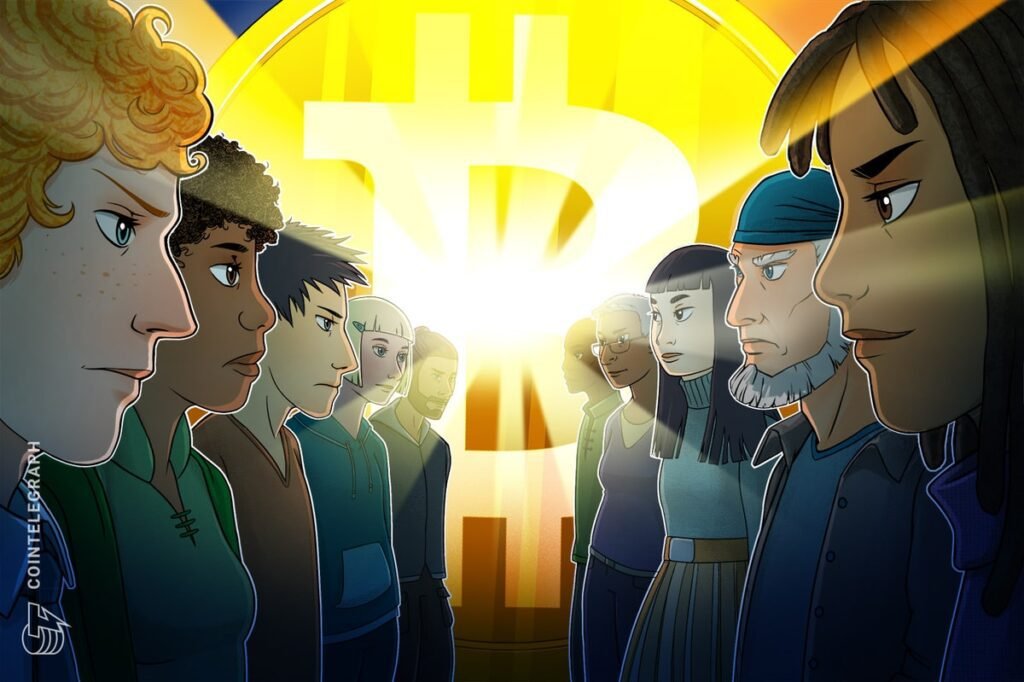The next major upgrade of Bitcoin Core rekindled old tensions in the community and caught developers who wanted a neutral, fee-driven network against purists who view non-financial data as spam.
The expected Bitcoin Core V30 in October removes the 80-byte cap in OP_Return, which is part of a transaction script that allows users to incorporate any data.
Bitcoin Core is software that runs the Bitcoin network, maintained by an open group of developers, but is widely dependent on miners and node operators. Although alternatives such as knots exist, Bitcoin Core is a reference implementation of the protocols most of the network implements.
On the surface, the conflict appears to be a policy debate about whether Bitcoin blockchain should be reserved for financial means or open to a wider range of uses. But under it, the controversy is taking advantage of a deeper line of political obstacles, accusing some factions of compromising principles on Bitcoin’s core and bent over external influences.
The battle for the purpose of Bitcoin
Critics of the Bitcoin Core V30 warn that removing the OP_Return cap will allow you to open the door to spam and resource drain. They argue that large op_returns encourage non-financial transactions that block payments and increase the burden on nodes.
Proponents of financial philosophy view this as a misuse of the system, claiming that Bitcoin is designed not as a data hosting service but as a peer-to-peer payment network.
That view is embodied in Bitcoin Knots, an alternative client maintained by Luke Dashjr. Knots is designed to make relaying or incorporating any content more difficult.
Related: Bitcoin Knot wins ground: Does chain split kill BTC price?
Core developers defend decisions for a variety of reasons. Bitcoin core maintainer Gloria Zhao said that while those who support the change are “not keen on data storage as a use case,” they support a decentralized market for block space by not imposing stricter relay rules than what miners already accept.
“Existing standard methods (such as Bare Pubkeys) are accompanied by the bloating of the UTXO set and represent long-term costs to the network,” she said in a GitHub discussion thread, adding that Op_return is honest and not harmful.
Knot supporters argue that lifting the cap increases the risk of illegal material being permanently engraved on the blockchain. To the extreme, they point out that if the cap is removed, Child Sexual Abuse Materials (CSAMs) could be recorded in Bitcoin.
Jimmy Song, a developer of Bitcoin and not a V30 supporter, refused to discuss the argument, saying that data built into Bitcoin was “incompatible with ease.”
“Core version 30 does not display images or videos or play audio,” Song said. “Running software that checks whether a block or transaction matches the rules of Bitcoin will not be a party to any creepy conduct that may be involved in the transaction involved.”
Bitcoin corporate capture discussion
Beyond technical debate, the V30 upgrade has sparked a political undercurrent about whether Bitcoin’s core will truly remain independent.
Critics have suggested that core developers are supporting citrus-like ventures in Layer-2 projects, and argue that removing the Op_return cap is tailored to the needs of roll-ups that rely on embedding large data payloads into Bitcoin for proof of effectiveness.
Others question the rhetoric of neutrality itself. They view a “fee-driven” approach as a way to normalize non-financial transactions, opening the door to inappropriate tokens and inscriptions.
Related: Lessons learned from graduate-level Bitcoin classes
The core developers reject these claims and emphasize that decisions will be made on GitHub, Internet relay chat and open mailing lists, dismissing allegations of corporate capture as a political spin from the “money-only” camp. For them, the V30 is to determine the trading fee market and keep Bitcoin rules neutral and transparent.
“If a small, socially designed “inner circle” really makes software decisions on behalf of the entire network, Bitcoin is actually a very vulnerable system,” says Zhao.
“If Bitcoin Core contributors abandon these values, we sincerely hope that the community will switch to implement another node that will improve it, in order to appease social media and the hopes of businesses, for example.”
Bitcoin Core V30 Eyes Released in October
The discussion about op_return is ultimately more than just a byte and a script. For critics, it is a battle to store Bitcoin’s identity as healthy money, freeing you from the confusion of data experiments. For core developers, it’s about coordinating software rules with what the network already accepts and maintaining a market for Blockspace to organize.
Whether this change unleashes a wave of inscriptions or simply cleans up outdated relay rules, the upgrade forces the community to revisit the debate that Bitcoin has been plagued with early on.
As the V30 approaches its October release, node operators, miners, and businesses choose to upgrade or refrain from doing so. This choice, repeated on thousands of machines around the world, determines not only the fate of the Op_return cap, but also how Bitcoin defines neutrality, independence, and its future purpose.
The gap has led to an increase in Bitcoin Knot nodes. In early 2025 there were around 400 Bitcoin Knot nodes running on the Bitcoin Network. The number has grown to 4,713 nodes. Currently there are 22,496 public nodes running on the Bitcoin network.
Magazine: 7 Reasons Why Bitcoin Mining is a Worrisome Business Ideas

